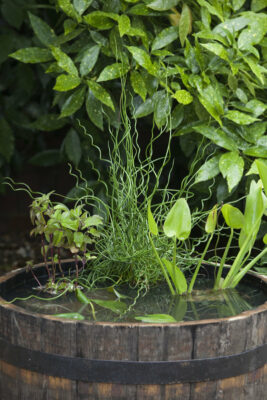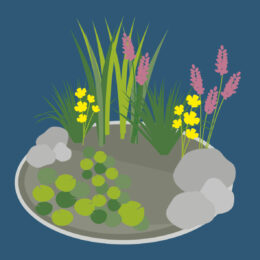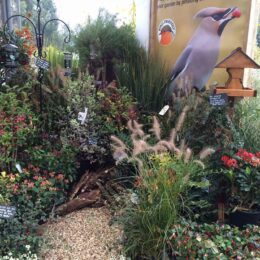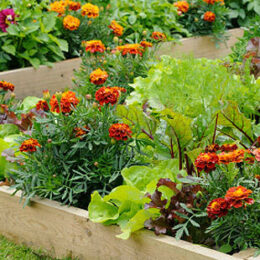It’s been extremely hot so far this summer and we’ve had a lot less rainfall meaning there’s not enough food and water for wildlife to enjoy.
You can help wildlife in your garden with these simple tips below:
Food and Water Stations
- If you have shallow water bowls you can leave them around your garden for birds, bees, insects and other wildlife to drink from. Place pebbles or marbles in the bottom to help smaller birds and insects climb out of the water easily. Make sure you also keep your bird baths topped up and clean.
- With the soil being harder because of less rainfall it can be hard for birds to get hold of worms. Keep your feeders full with lots of goodies to help them have plenty to eat. We have a handy ‘How to’ guide for attracting birds to your garden.
- Placing a tray of fruit (such as orange slices) near pollinator friendly plants can attract butterflies to provide them with much needed sugar and minerals.

Another handy tip is to regularly deadhead and water pollinator friendly plants to encourage new growth – these supply rich nectar for bees, butterflies and other insects. Read our ‘How to’? Keep your plants looking tip top over the summer guide.
Hedgehogs
Help hedgehogs by leaving them food and water in a sheltered spot in your garden – such as Brambles semi-moist, crunchy or meaty food. Use plain, fresh water in a shallow bowl so they can easily access it (not milk).
Read our ‘How to’? Look after hedgehogs in your garden guide for lots more information.

Ponds
If you have a small or large pond make sure all sorts of wildlife have easy access. Your pond plants can easily take over if not properly maintained so make sure these are cut back. You can also place small wooden ramps from the side into the water so wildlife can safely enter and exit.
Would you like to create your own mini pond? Read our ‘How to’ guide.

Create Shade
We all love a tidy garden but why not leave any wildflowers or grass to grow to create shade, shelter and food for wildlife. When you do mow make sure there are no hedgehogs or other animals living in the area.
Read our ‘How to’? Help wildlife by not mowing your lawn guide for helpful tips.

Bug hotels, log piles and leaf litter provide perfect breeding and nesting spots for insects including vital pollinators such as bees, ensuring they remain in your garden year round.
Place in a shady area so insects can rest away from full sun.

Mulching
Applying a mulch of organic matter over the soil will supply your plants with additional nutrients and help with water retention. Using a water storing gel when planting will help retain water around the roots, this is particularly useful in hanging baskets or small containers.
- Types of mulch: bark, straw, shredded leaves, newspaper, grass clippings, and composted manure.






